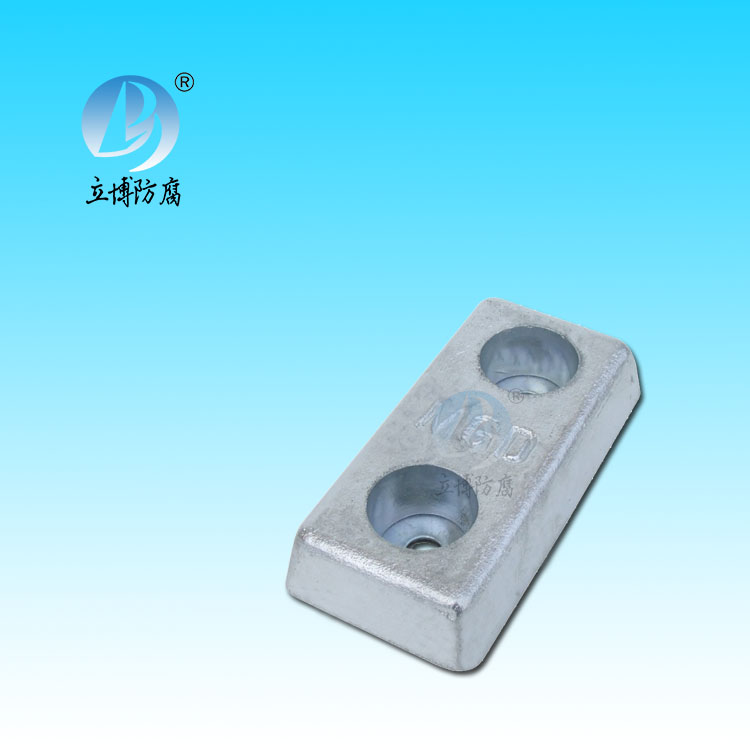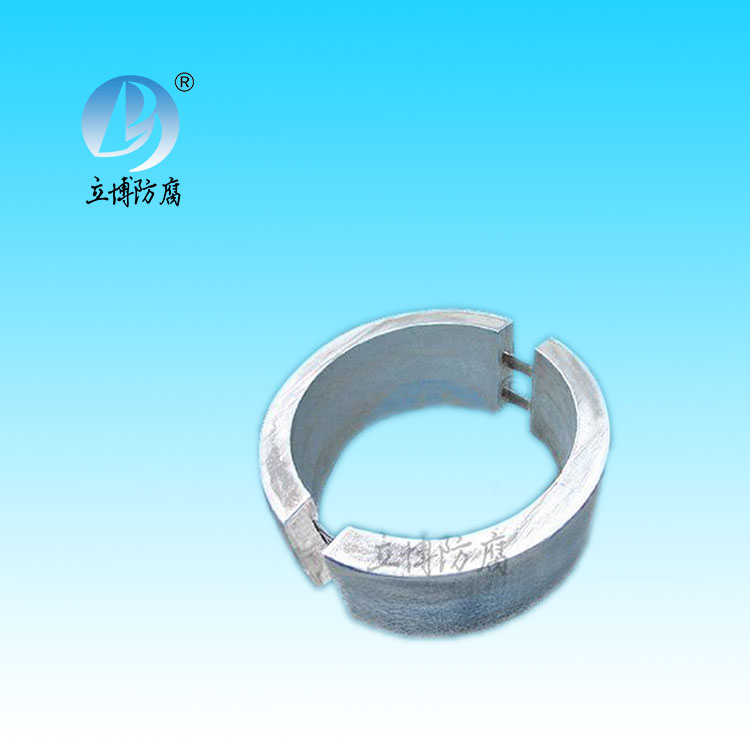News
News
- What is a sacrificial anode
- Basic requirements for reference...
- What does the reference electrode do...
- Why are zinc blocks attached to the ...
- What is the principle of impressed...
- What material does metal structure...
Contact
Phone:18739187123
hotline:0391-7588881
E-mail:970512272@qq.com
Address:Wuzhi County, Jiaozuo City, China
Company News
Principle and background of electrolytic coloring of anodized aluminum film
- Author:Libo
- Source:wwww.anchorwestinsurance.com
- Date:2021-06-11
- Click:0
If an anodized aluminum sample is immersed in an electrolytic coloring solution containing certain metal ions, and the sample and the electrode form an electrical circuit for electrolysis, metal particles (and sometimes metal oxide particles) precipitate in the micropores, forming a unique color. Aluminium anodized films coloured in this way have very good weather resistance and are widely used for tinting outdoor components.
In 1936, Italian Caboni first proposed the patent technology of electrolytic coloring of anodized aluminum film. The Germans further refined the process and patented it in 1940, which made the electrolytic coloring process the basis of industrialization. But it was in the midst of the chaos of World War II, and the postwar chaos meant that the invention of the craft was neglected for quite some time.
Later in Japan, the technique was further refined, and in 1960 Asada Tayata registered his patent for electrolysis coloring, a process that would become known as asada.
The patent features the use of alternating current as a source of power and the use of the salts of Ni, Col Cu, Ag,Se and their oxygenated salts as the main components of the staining solution. Asada has clearly identified several stages of the electrolytic coloring process, including the introduction of metal ions into the pores of the anodized aluminum film, and the conversion of metal ions into a coloring substance due to electrolytic reduction.
Later, the mechanism of electrolytic coloring was more clear. The metal was deposited in the micropores, and the color was obtained due to the light scattering effect of the metal particles in the micropores. The light scattering effect of metal particles in micropores is the theoretical explanation of electrolytic coloring principle. These metal particles may be protected by being fixed and sealed like capsules and thus have good weather resistance. This patent has received attention in Japan and has been adopted by dozens of aluminum building materials aluminum anodizing plants.
The global technology transfer rights were obtained by ALCAN Company, and through its affiliated Aluminum Laboratory Co., LTD., the process was transferred and promoted to many countries in the world under the brand name AnolOK-1. Since then, the secondary electrolytic coloring method has been popularized.







 客服QQ
客服QQ